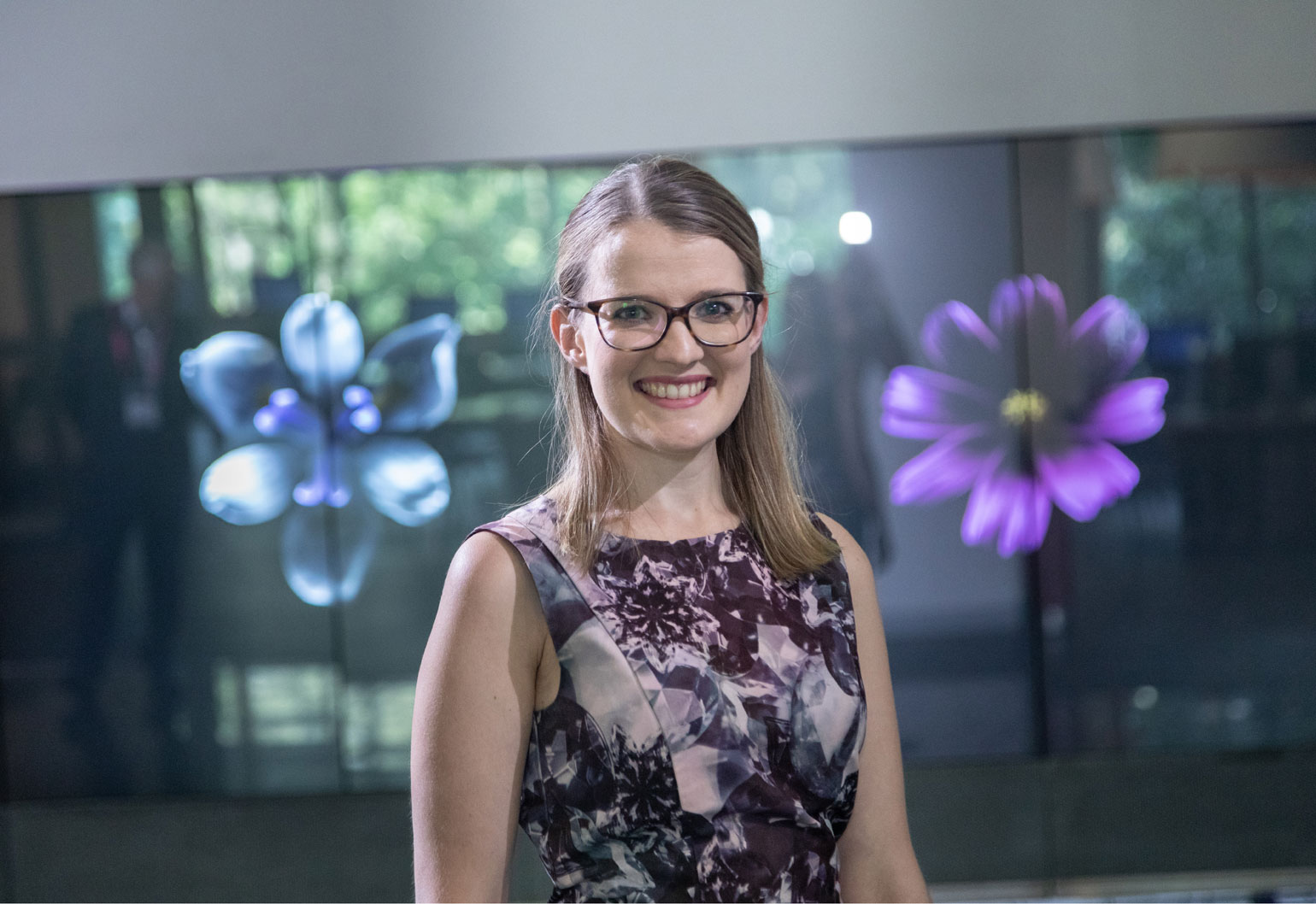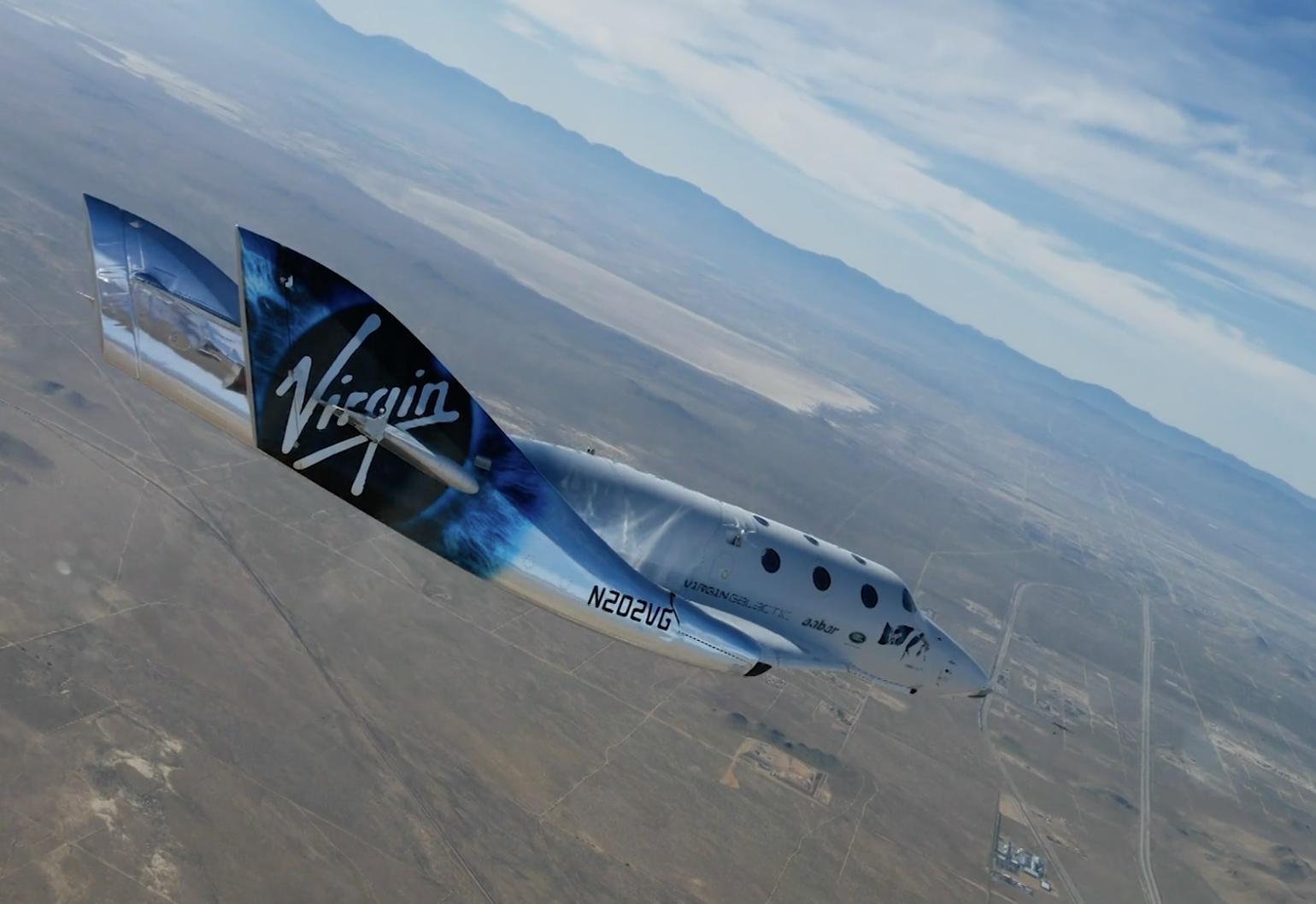This year’s intake of women into the Superstars of STEM program has seen the number of engineers increase significantly from last year.
The program, run by Science and Technology Australia (STA) with Federal Government support, selects inspiring women STEM professionals to act as role models for the next generation.
Only two engineers – Dr Francesca Maclean and Dr Jillian Kenny – were among the inaugural cohort of 30 that graduated earlier this year. The class of 2019, announced this month, has increased to 60, with engineers accounting for around a quarter of these. This year’s larger intake is attributed to changes in selection criteria to recognise industry experience as well as doctoral qualifications.
Engineers Australia National President and Board Chairman the Hon Trish White was pleased to see so many engineers and growing numbers of young women among the new Superstars of STEM.
“These STEM Superstars are the engineers that will help inspire girls and boys at school to take up science, technology and maths with the goal of becoming our next generation of engineers and making a real difference to their communities. To that end, we need more of our young people – and especially girls – to take up engineering,” she told create.
Recognising industry experience
Relaxing the requirement for a doctoral qualification for engineers with seven years or more of industry experience opened the door to one of this year’s Superstars of STEM, civil engineer and entrepreneur Felicity Furey.
Furey co-founded not-for-profit Power of Engineering and social enterprise Machinam with Kenny, who encouraged Furey to apply for the inaugural Superstars program. But Furey did not have a PhD, so wasn’t eligible the first time.
“It was good that they changed [the requirement], as it opens it up to women who have more industry focus,” said Furey, who is also one of create’s 2018 Most Innovative Engineers.
As well as running her businesses, Furey works as a business manager and Engineer in Residence at Swinburne University’s Engineering Practice Academy.

Several other engineers, as well as women in information technology and other professions, have taken advantage of the changed criteria to win themselves a place in the new group of Superstars.
Those selected include: water engineer Erin Hughes; mining engineer Bonnie Coxon; software engineer Elaine van Bergen; oil industry engineer Carolyn Thomas; and construction engineer Kate Cole.
Engineers with PhDs are also well represented, with Associate Professor Kate Fox, Dr Joanne Lackenby, Dr Katie Sizeland, Dr Laura Kuhar, Dr Melanie Macgregor, Dr Muneera Bano, Dr Erin Rayment, Dr Ellen Moon, Dr Bianca Capra and Dr Beena Ahmed chosen to participate in the Superstars program.
Stories are important
Furey said one of her goals during the program is to become better at telling her story.
“Media is a very powerful tool to shift perception, which is needed to shift to diversity in engineering,” she explained.
Furey is excited about expanding on the work she has done to promote the profession to high school students who might not otherwise consider engineering as a career – particularly girls and young Indigenous Australians.
She explained there has been a lot of progress in highlighting the lack of women in engineering, and setting goals and targets to level the playing field.
“But there’s a cultural shift needed in Australia to move to the next level,” Furey added, pointing out that better storytelling and clear and effective communication by women in the profession will help.
Furey has claimed a number of other honours for her achievements, including being named as a AFR Woman of Influence in 2012, and AFR Boss Magazine Young Executive of the Year in 2016.
She encouraged other engineers to apply for opportunities for recognition.
“Engineers don’t often celebrate what they have done, they just get on with the job. That’s a great reason to apply,” she said.



